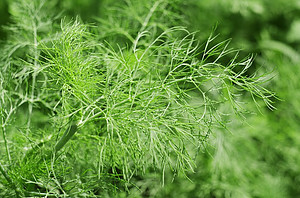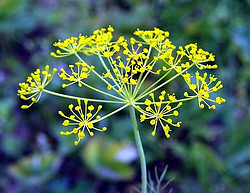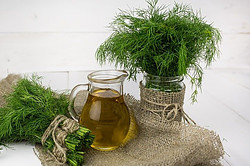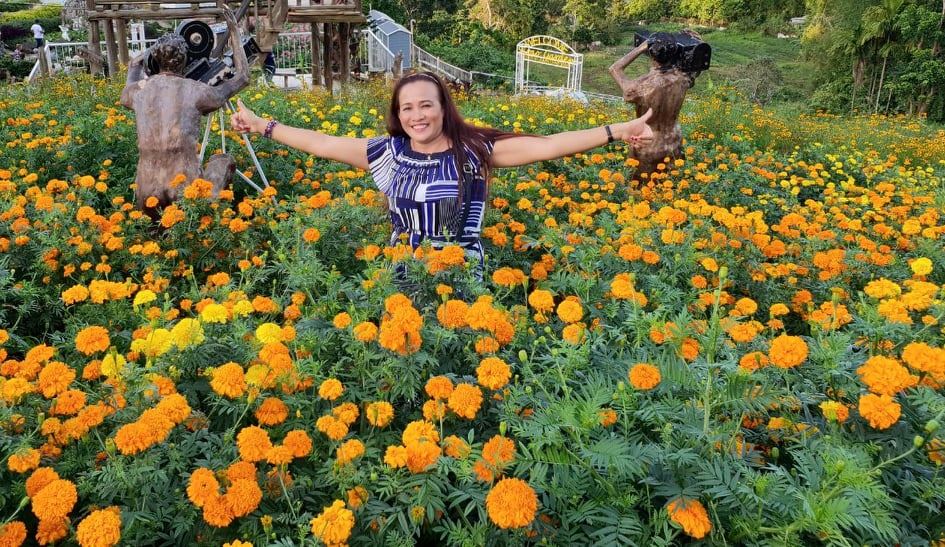 Dill is a caring herb that grows speedily with or without help. Though you may have to prune it back to give it a good shape, this is unnecessary. In this post, I’ll show you how to prune dill.
Dill is a caring herb that grows speedily with or without help. Though you may have to prune it back to give it a good shape, this is unnecessary. In this post, I’ll show you how to prune dill.
However, if you want to harvest a good part of the dill around the growing season, trimming is important. Once the growing season comes to an end, prune the dill back to the ground and dry the herbs to save them.
Method 1 of 3
Pruning and Shaping Dill
1. Encourage bushier growth by trimming leaves from the top.
If you trim off leaves at the top of the plant, you will trigger the plant to grow downhill instead of uphill.
- 1. When you consider a dill plant, you will observe a lot of tiny stems quitting the main branch, each with fingers in the form of fern on it. Each tiny stem is a leaf.
2. Flavor your food by squeezing off small branches randomly.
Get rid of a few branches with your fingers to get a bit of dill for your dinner. They are lightweight so that you won’t have issues pulling them off the way.
- Once you can carefully drag it, you will not pull it out of the ground. So, you won’t have to harm the plant.
3. Harvest or Cut all across the season.
Pruning at specific times of the season doesn’t favor some plants. However, any time it looks green and fresh, you can harvest or prune it.
- It’s good if you let it mature before you prune it rigorously. It can take up to two months to grow a seed to its mature stage.
4. Reserve at least two-thirds of the plant while pruning.
When you are harvesting or pruning, do not prune more than one-third of the plant. If you leave sufficient leaves on the plant, it’ll gather the sun it requires.
- If you prune more than necessary, your plant will dry up.
5. Squeeze the flowers to prevent the plant from going to seed
Squeeze the flowers as they flow every growing season. This will ensure the plant keeps growing. If you watch the plant go to seed, it’ll surely wither. Target where the branch of the flower meets that of another and pinch off the stem. Pinch it at the top of the joint.
- At the close of the growing season, you should either allow the plant to reseed or harvest the seeds. The process of letting the plant drop its seeds on the ground so it returns next year is called Reseeding.
- Dill flowers are yellow and tiny. They gather in a circular shape close to the top of the plant.

Method 2 of 3
Using and Storing Fresh Dill
1. Use your dill as early as possible
Explore your dill as early as you can. It’s going to give you a good flavor. Before you think of using it in your meal, it’s good to cut it.
- · While preparing it in your kitchen, use a pair of scissors rather than a knife to cut your dill. This will make it more satisfying
2. When you’re preparing to store dill, prune branches from the main stem
When considering the plant, consider shoots that go off the main stem at an orthogonal angle. Cut the shoot about 2.5cm (one inch) or shorter at the top of the joint.
- Pruning causes little or no damage to the plant, so it prevents it from rotting so quickly.
3. Keep dill in a clean jar in the fridge
Add 2.4 – 5.0 cm (one to two inches) of water to the base of a jar. Cut off the stems’ base on the dill, and turn the dill up-side-down in the water. Cover it with a stopper, and keep it in the refrigerator.
- If a stopper does not fit on the Mason jar, use a rubber band and a plastic bag instead.
- Keep the herbs for up to 14 days.
Method 3 of 3
Gathering Dill at the Close of the Season
Sprinkle the dill with solvent a day before the harvest day. The best time to harvest dill plants is when the plant hasn’t matured but has grown flowers. If you sprinkle the plant a day ahead of the harvest day, the plant will be free of dirt during the cutting.
- You don’t need water on the plant on the harvest day; this can make it rot.
1. Prune dill to the ground at the close of the season
Since dill is yearly, you can prune it at the bottom of the stem when the growing season comes to an end. Prune the plant with cutting shears.
2. Prune the dill early at dawn so that the plant can have moisture
You want to see the plant become hydrated when you are pruning it. If it’s not feasible for you to prune it early at dawn, drop the stems in a cup of water.
- Could you keep them in the water for 120 minutes?
3. Keep the dill dry

Group the dill into smaller bundles, and hold them together with rubber bands. Choose a warm and dark area with little or no humidity. Allow the bundles to become dry.
Loose the bundles. Ensure the bundles aren’t tight; this prevents mold growth and improves air circulation
- Please do not touch them for up to 14 days. When the leaves are dehydrated enough to decay in your hand, they are ready
- Have a look into the Mason jar after 7 days. If you notice any, remove the dill from the jar and extend it to dry
4. Preserve seeds by turning the plants upside down in a bag.
Be on the lookout for the blooms, and then watch for the seeds. Once the seeds have shown up, prune the stem 10cm (4 inches) below the flower. Please do not wait until they begin to wither the plant away.
Conclusion
This article has outlined three broad steps to pruning dill: Pruning and shaping dill, using and storing fresh dill, and gathering dill at the close of the season. If you follow the steps carefully, you’ll find pruning dill a simple process.
Thank you so much for reading these articles. If you have any questions or something you like to share, please feel free to leave your comment below, and I’ll be happy to write back to you.
CLAIM YOUR DISCOUNT: As the owner of this website, I’ve tracked down special deals for some of the products and services mentioned herein. When you use the links on this page to make a purchase, I may get a small commission and use it to improve & maintain the website, and you may get a great bargain too. Full disclosure.


Cogito
Hey Joyce. Great article. I’m just starting my adventure with gardening, and your posts are beneficial for beginners. I always dreamed about my own garden, and now when I finally have it, I can start learning all these amazing ways to grow my own food and herbs. I’m thrilled with the vision of having my own food, which will be not only cheaper but, most of all, healthier than the stuff we are buying in markets. And working in the garden is the best relaxation I could imagine. Thank you for all your advice!
admin
Hi Cogito,
Thank you so much for visiting herein site. Thanks to that, it catches your interest in your own gardening in your place with this Dill plants herb. Yes, you’re right. This better than the market and much cheaper if you’re growing your own food. Thank you so much.
Joyce
Jongabriel
Haha, thanks for the article, my guy! I found this article really helpful, honestly. I’m not really a gardener myself, but I think it could prove to be an enjoyable and worth it hobby! My mom loves gardening, even though she’s pretty bad at it. XD I’ll make sure to show her this article.. maybe next time her gardening won’t turn out bad, lol
admin
Hi Jongabriel,
Thank you for your interest in reading my article tackling the How to Prune Dill in 3 Broad Ways. I’m glad you found it enjoyable and make it like a hobby and good exercise too. A great idea that if you’re sharing this with your mom, she’s might be enjoying more her gardening season. And better improvement this time. Thank you so much.
Joyce
Toni
reading this article i wanted to find out out to properly prune a dill plant. I was positive the Mystery plant my nieces planted was dill but after reading what kind of flowers they produce I’m not so sure now. My plant is long and stocky the buds pink-purples flowers could this still be a type of dill? I live in Washington State where we don’t get much sun but this summer we were very blessed and the plants love it. Thanks!